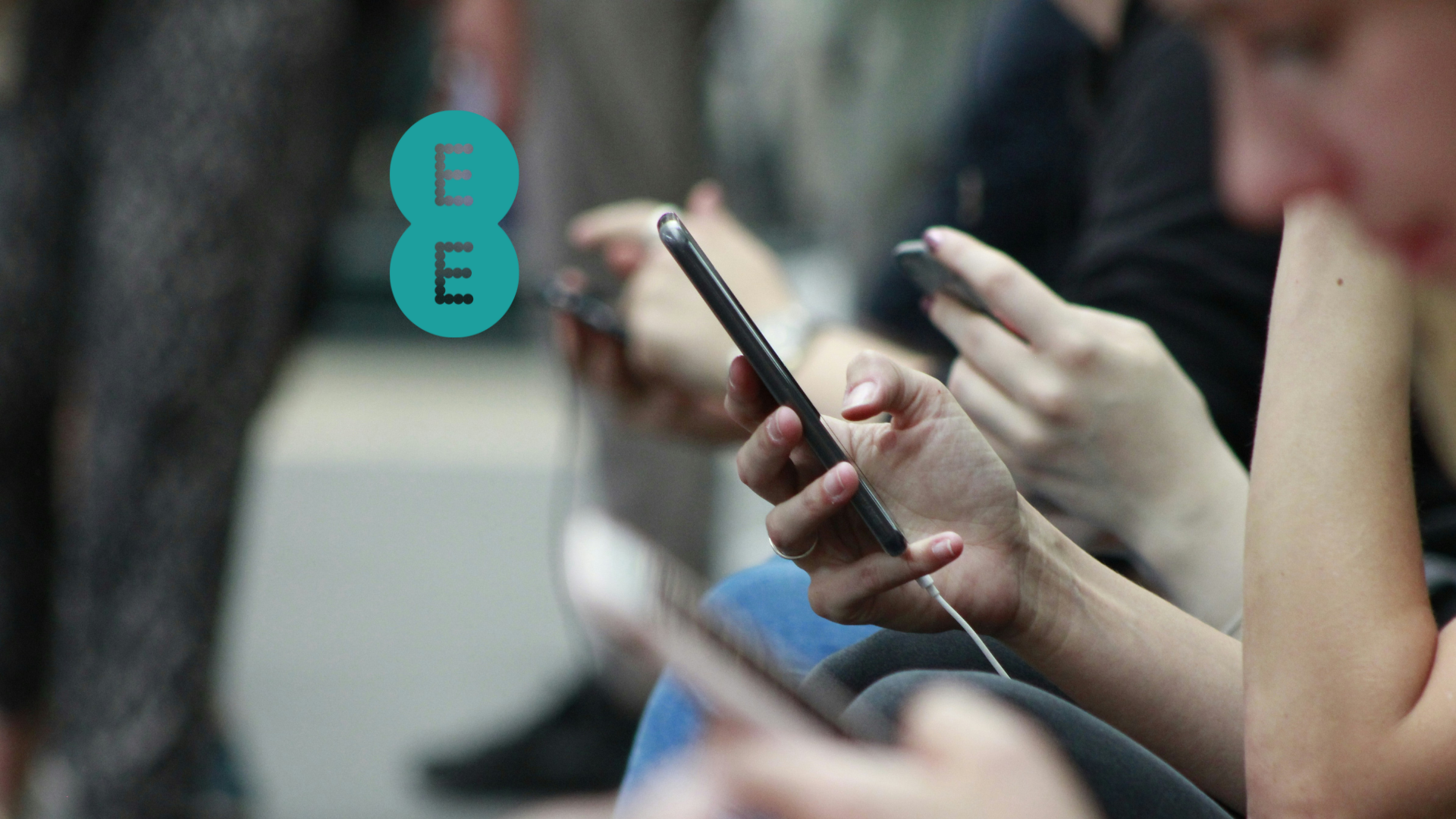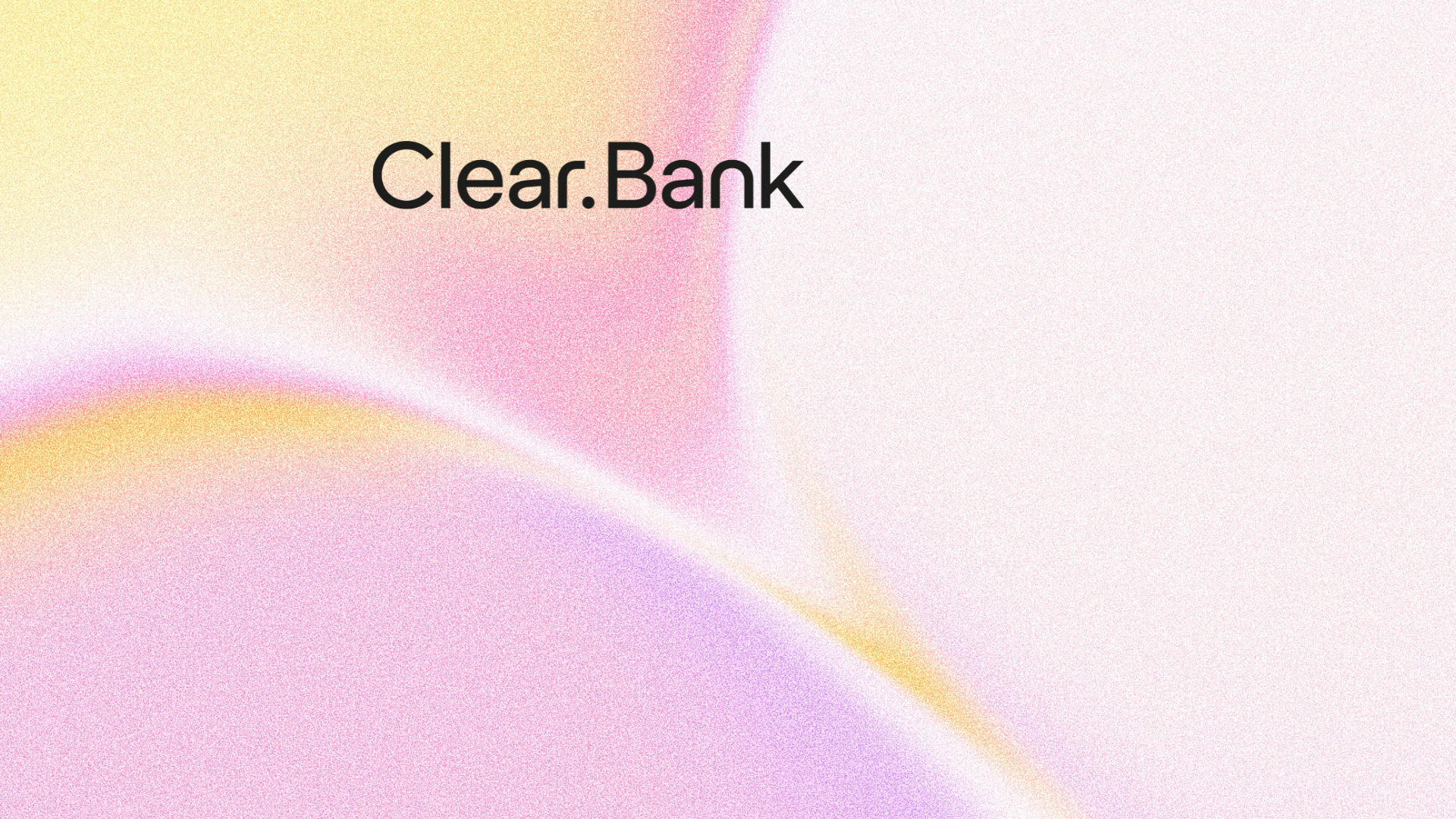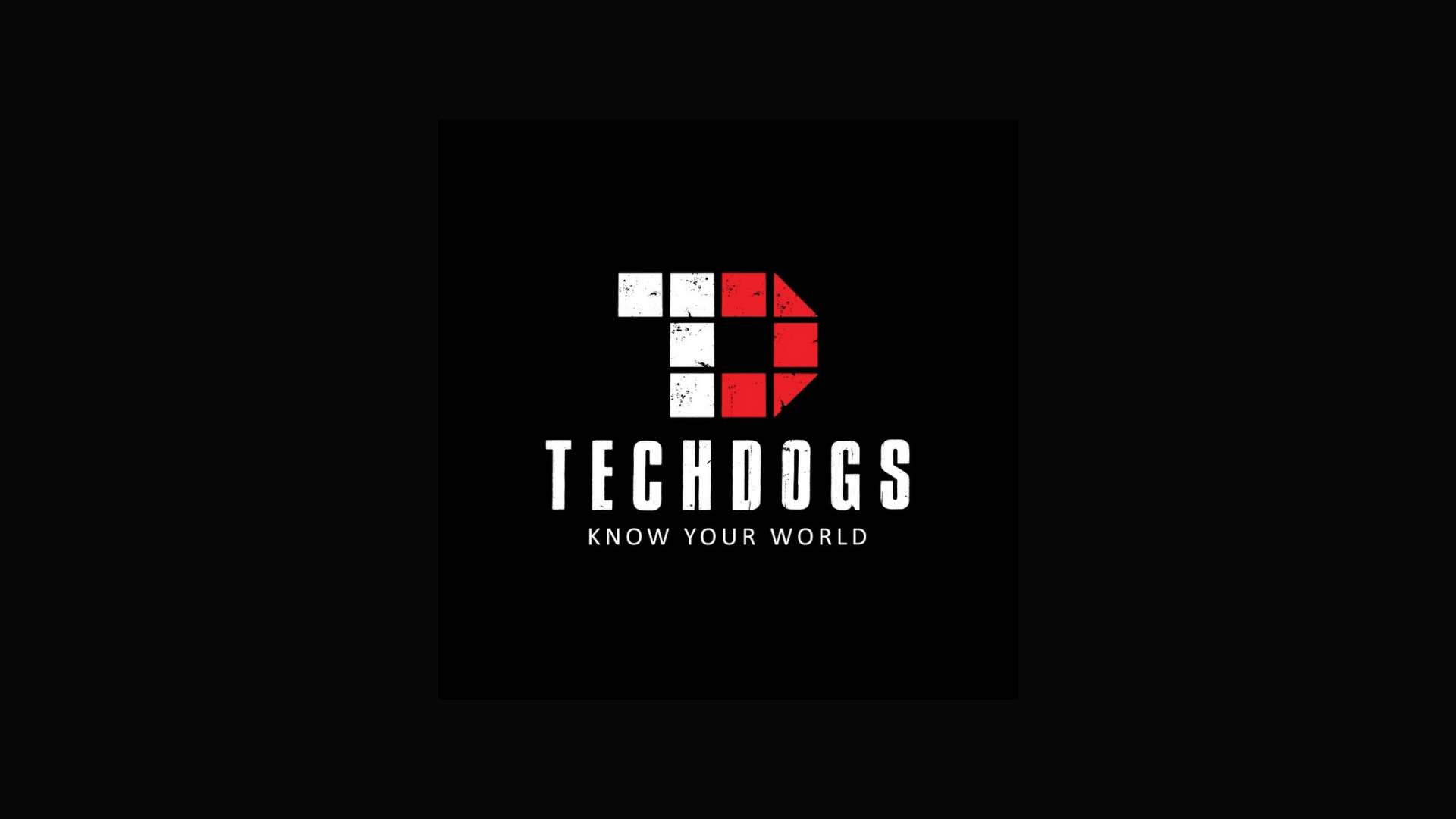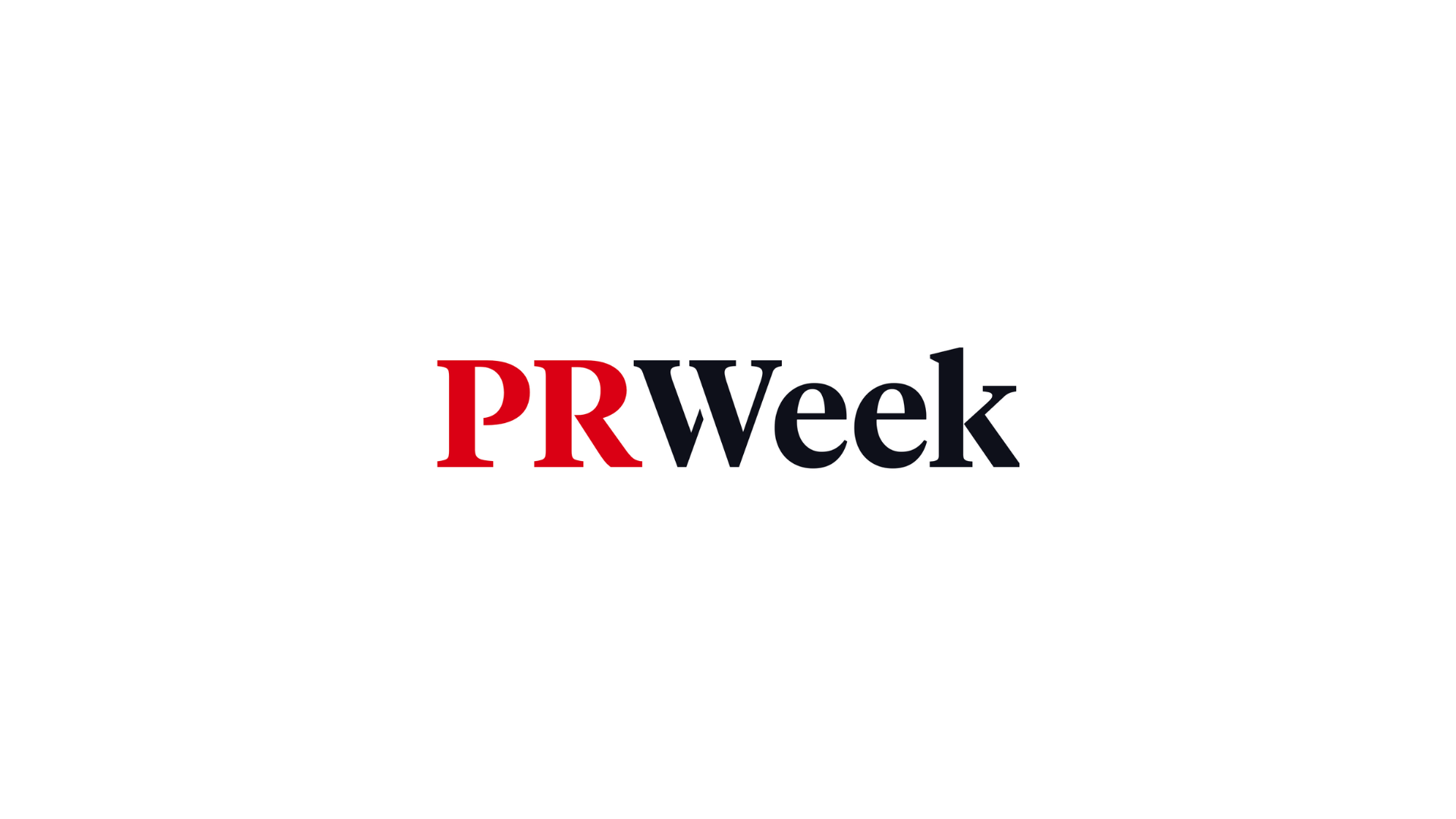And we’ve seen plenty of these strategies in the last few weeks. We’ve seen the launch of the Apple TV Plus service, where its new, original content like The Morning Show has drawn plenty of attention; we’ve seen the launch of the highly anticipated Disney Plus service, which again drew lots of attention, but for all the wrong reasons (after the service crashed on the very first day); and we’ve also seen BT Sport retain exclusive rights to the Champions League, following reports of stiff competition from ITV, Sky, and DAZN (after Amazon Prime ruled itself out of the running).
Seemingly, there’s lots to play for. Consumers are expecting more content, and more from their TV services—and more companies want in on the action. It’s why we’re seeing companies outside of the traditional broadcast landscape, like Apple and Amazon, bringing their services to market.
But while these new services are bringing more content to market than ever before, it’s also creating frustrations. While most people start off with a pay-TV service bundled with broadband, like Sky or Virgin Media, it’s no longer enough. Which means you also need a streaming service like Netflix to complement your core TV package. And if you like sports such as football, in the UK you also need to have access to BT Sport, Sky Sports, as well as Amazon Prime, who now have some rights. You’ve then got things like Apple TV, accompanied by the new Apple TV Plus, the Disney Plus service, as well as a plethora of other services (like NOW TV, YouTube, DAZN), not to mention all your on-demand services like iPlayer, ITV Hub, All4. The list goes on…and on…and on. It’s no wonder it’s causing a headache for TV viewers.
It’s something that was the centre of discussion at the recent Decipher Emerging TV Landscape workshop. According to Decipher, there are five stages of TV evolution, and today we’re somewhere between the third and fourth stages. We’ve gone from simple black and white TV with just five channels (stage one); to a multi-channel era of satellite and cable television, with a set-top-box in the home (stage two); to a multifunction era, where we have TV with lots of functions (linear, on-demand, and streaming) (stage three). Stage four will be the connected and converged era, where different devices in the home talk to each other, all through a single provider. The final, fifth stage is the cloud era, and as the name suggestions, will see all services sat in the cloud.
We’re currently somewhere between the multifunction era and the connected and converged era. We have so many TV services we don’t know where to start. We’re also welcoming more devices into the home—we’ve got our TVs (often multiple TVs in different rooms), smartphones, tablets and laptops, as well as our set-top-boxes. But we’ve also got smart home appliances, smart speakers and voice assistants that are increasingly impacting and dictating our TV experience. We want to be able to speak to our Amazon Echos or Google Alexas and ask them to play something on the TV. And we want our Google Nest to be able to speak to our voice assistants. It’s a mishmash of different devices and technology, and it’s difficult to get it all to communicate together.
So, what is next? While we’re seeing players in the market launch new services and fight for rights, it seems that the next big play will be who owns the home, and who will be the one to aggregate all of these services into one, digestible service for consumers.
Decipher’s event participants discussed how there is an opportunity for the pay-TV providers to act as this central figure—after all, they have started to do this to some degree, acting as the home for linear TV, on-demand and some streaming services. Will they be able to aggregate the home services too?
And is becoming an aggregator of content enough to keep these players in business? According to research, UK consumers spend over £100 million on streaming services—but consumers are also becoming increasingly wary of the number of TV and streaming services they’re paying for. TV streaming services have also overtaken traditional pay TV. Is the role of the aggregator enough to keep these pay-TV players relevant?
Decipher had some very interesting ideas as to who will own the home in the future. Amazon who has its fingers in lots of different pies—it has a streaming service, a digital video recorder (DVR), it has a smart voice assistant, and it also has a massive retail service that plays a significant role in its position in the TV market. How? Because Amazon has been very smart in the content it produces, and why. Amazon Prime commissioned the Top Gear spin off The Grand Tour not to drive viewing figures, but to drive Amazon Prime retail sales among a particular demographic. The idea was that those who opted to subscribe to Amazon Prime to watch the series would then also use the Prime service for retail.
Google has a very advantageous position too, because it has smart home and voice assistant services, has its Android operating system that runs across phones and other devices. It also has its Chromecast service. Is Google well placed to be the glue that sticks all the services together?
But it seems that there is going to be some time before we get to a stage where all of our content is aggregated into one place. Especially when we’ve still got more TV services yet to launch, like BritBox. And while I’m sure that consumers, for now, are managing their different services, as more services come to market, and rights become even more dispersed, it’s quickly going to become a headache. And consumers won’t be asking for more content—they’ll be asking for someone to come along and simply make it all work together.
Are we reaching a stage of too much TV? For now, maybe not. But with plenty of players in the market, plenty of services and plenty of tech, we’re sure to see someone position themselves as the core service—and with that, a new era of TV.















